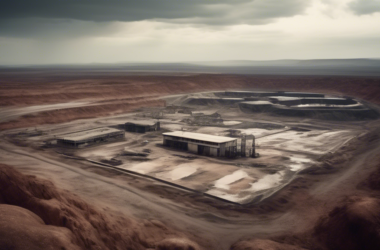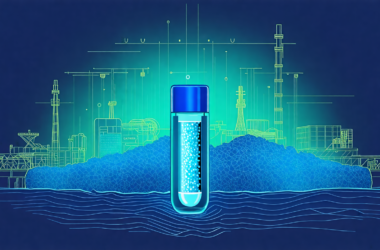A new era of nuclear power may be on the horizon for Uganda as the country undergoes its first ever Integrated Uranium Production Cycle Review (IUPCR) mission led by the International Atomic Energy Agency (IAEA). With a population of nearly 50 million people, Uganda is looking to utilize nuclear power as part of its clean energy goals and to increase electricity access for its citizens.
The mission, conducted with the support of the IAEA’s technical cooperation programme, assessed Uganda’s capabilities to develop a uranium exploration programme and potentially mine uranium for a domestic nuclear power programme. While no proven uranium resources are currently known to exist in the country, several areas have been identified as potentially uranium-rich.
“The potential discovery of a uranium deposit in Uganda presents an exciting opportunity for the country to introduce nuclear power into its energy mix,” said Adrienne Hanly, the IAEA’s Technical Lead for Uranium Resources and Production. “While significant work remains to be done, the Ministry of Energy and Mineral Development now has a solid understanding of what is required to succeed in evaluating the country’s uranium occurrences and the next steps needed to get there.”
The IUPCR team made recommendations for Uganda to ensure the success of its uranium exploration programme, including developing skilled personnel and establishing a robust and well-funded exploration programme. The mission is part of a larger IAEA Technical Cooperation Project supporting uranium exploration and evaluation in Uganda, highlighting the country’s commitment to adopting international best practices in its nuclear energy ambitions.










